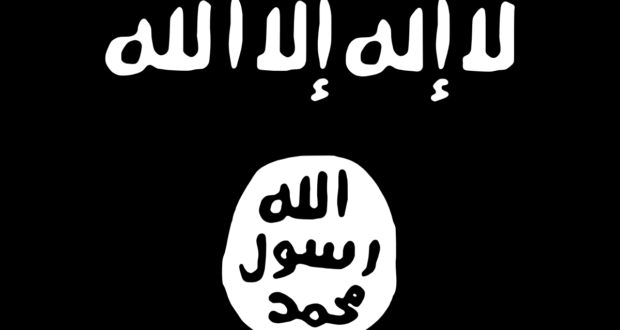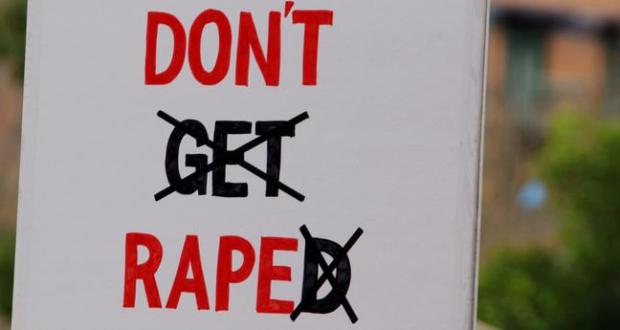October 20th, 2016 By Andrada Filip – Junior Fellow “The phenomenon of children used as soldiers is not isolated to one country or continent. Despite international conventions, children continue to fill the ranks of seven state armies and fifty non-state ...
Read More »
 Human Security Centre Human Rights and International Security Research
Human Security Centre Human Rights and International Security Research
